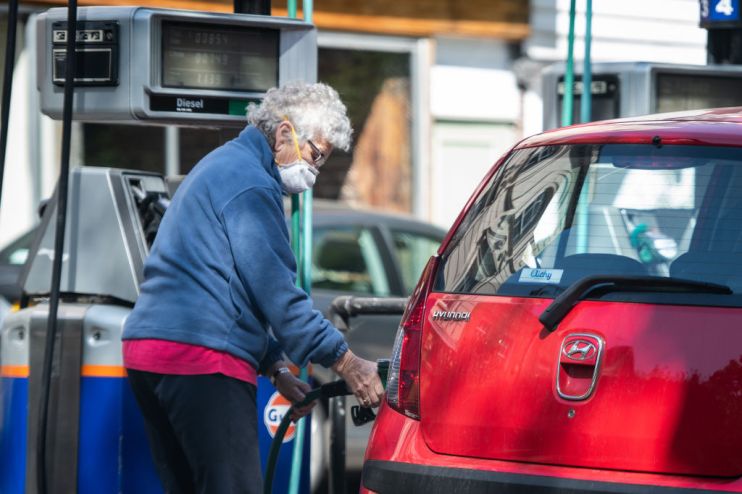Saving it away for a rainy day? Now you just have to keep it there as costs spiral

Over many decades, thousands of column inches have lamented the state of financial education and hours of speeches have been delivered by politicians vowing to fix it. When this hasn’t proven forthcoming, it’s fallen to bloggers and influencers to fill the education gap.
Now, as we navigate the harshest cost of living crisis for generations, our failure to turn rhetoric into substantive action has come into sharper focus.
It’s clear that we weren’t prepared for this crisis, but we can and must be for the next one. As the fallout from the Chancellor’s Spring Statement has illustrated, it’s difficult to provide targeted support when we can’t measure who is and isn’t equipped with the tools to navigate their way through economic turbulence.
Those without savings don’t know where to start, and those with them don’t understand how to protect their pot from the corrosive effects of inflation. Polling earlier this year by True Potential found that a third of Britons aren’t interested in investing any of their savings at all, yet we know that there are at least 8.6 million British consumers holding more than £10,000 in cash savings and many more with less than that. With the current rate of inflation, that £10,000 will be worth far less in just twelve months’ time, and even less again should inflation reach 9 per cent, as projected.
Policymakers appear to be content with an erosion of household savings so long as people just about pull through. But that isn’t enough. We need to break out of this cycle of spurning hard-earned savings when the going gets tough.
To do so, there are simple measures that can be implemented to help households be more robust while giving policymakers more ways to measure who is at greatest risk. In other words, we can help people grow stronger in stressful and difficult circumstances.
Education is the first and most obvious step. Just this week across the pond, the state of Florida passed a law mandating that all high school students take at least one-half credit in financial literacy and money management before graduating. By replicating this measure, and extending it to people in the workplace, we’ll be able to measure the extent to which people understand the options available to them and whether they are able to make the right decisions when crisis hits.
We also need to make your bread-and-butter financial products more attractive and accessible to your average person. The most obvious move would be to lower pension auto-enrolment to eighteen, but more must then be done to ensure people are actually engaging with personal finances regularly.
As the CEO of a wealth management company located in the North East – where a disproportionate amount of households being hit hardest by this crisis reside – I speak to people every day who see investing as a preserve for the rich.
And they can’t be blamed for believing this. The financial services sector has allowed this false perception to pervasively spread, especially by setting minimum deposit limits for Stocks & Shares ISAs as high as £500.
In the digital age, where it isn’t necessary for a financial adviser to service every investment decision, this cannot be justified. We shouldn’t be in a situation where almost the same number of Brits own cryptocurrencies than the number that have a Stocks and Shares ISA. The financial services industry must find ways to encourage smaller savers to be more proactive with their savings and to set simple goals.
The cost of doing nothing has been exposed during this crisis – it’s time for a coordinated approach to education and access to put an end to years of empty words and rhetoric.